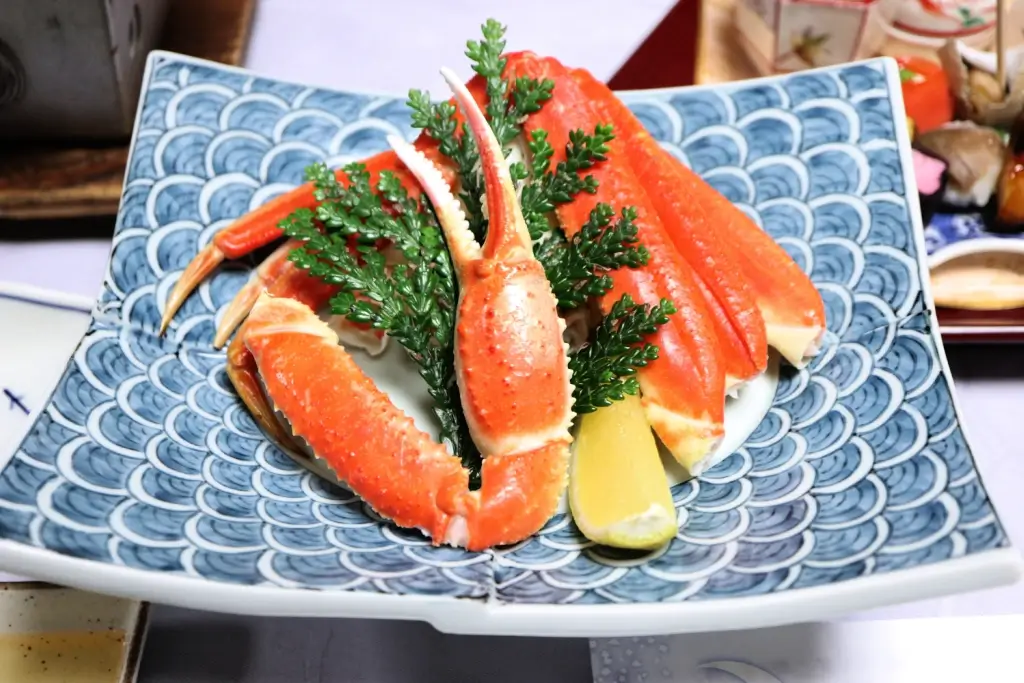Ishikawa Prefecture offers some of the finest seafood and traditional dishes in Japan. The region’s coastal location is full of fresh ingredients, making it a go-to destination for food lovers. One of its most celebrated delicacies is the snow crab. Beyond seafood, Ishikawa boasts other remarkable dishes, such as Noto beef, nodoguro, and hearty stews like Jibu-ni and Buri Daikon. Let’s explore why Ishikawa’s cuisine is worth experiencing!
Table of Contents
ToggleSnow Crab
One of Ishikawa’s most iconic winter delicacies is the snow crab, known for its tender, sweet meat. Harvested between November and March, snow crab is also famous for its succulent legs and rich kani miso. Local markets offer fresh snow crab directly from the fishermen, providing fresh and affordable crabs. Whether served boiled, grilled, or as part of a hot pot, the snow crab is a favorite for locals and tourists!
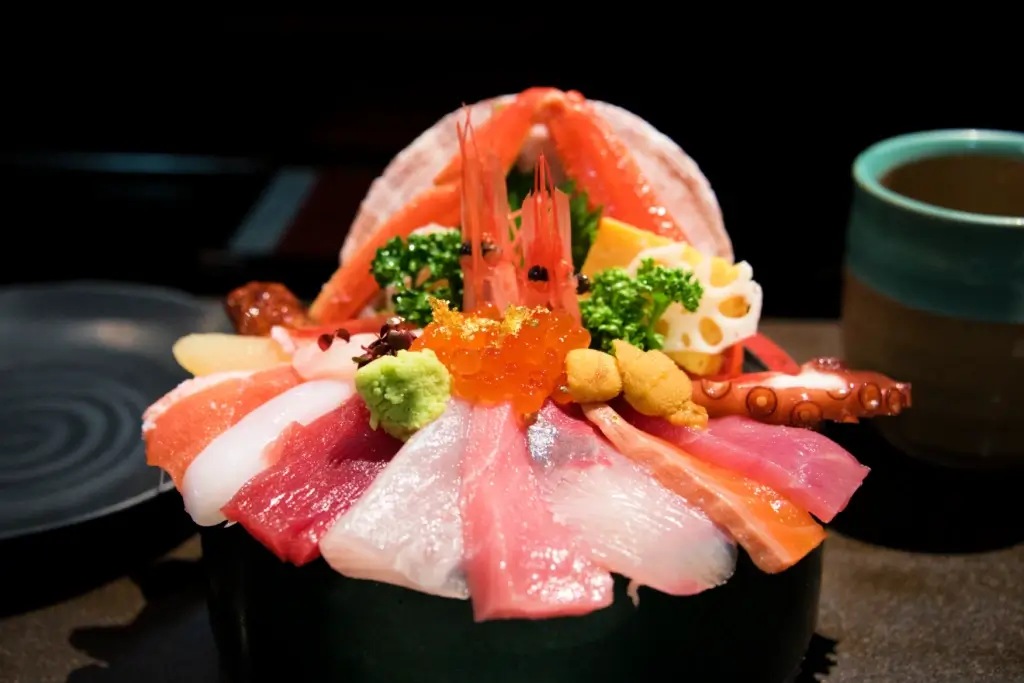
The fishing practices in Ishikawa also contribute to the high quality of the snow crabs. Fishermen follow strict guidelines to ensure the preservation of crab populations, including limiting the fishing season and protecting young crabs. This dedication and the region’s ideal fishing conditions make each crab of the highest quality. The snow crab’s versatility in cooking allows it to shine in various dishes, from sashimi to banquet meals.
Noto Beef
Noto beef is a premium variety of wagyu. Raised in the Noto Peninsula, this beef is notable for its exceptional marbling, which results in a rich, buttery flavor. The cattle are fed a high-calorie diet and raised carefully, ensuring the meat remains tender and flavorful. Noto beef is a common feature in high-end restaurants across the region, where it is part of multi-course kaiseki meals or in simpler forms like grilled steaks.
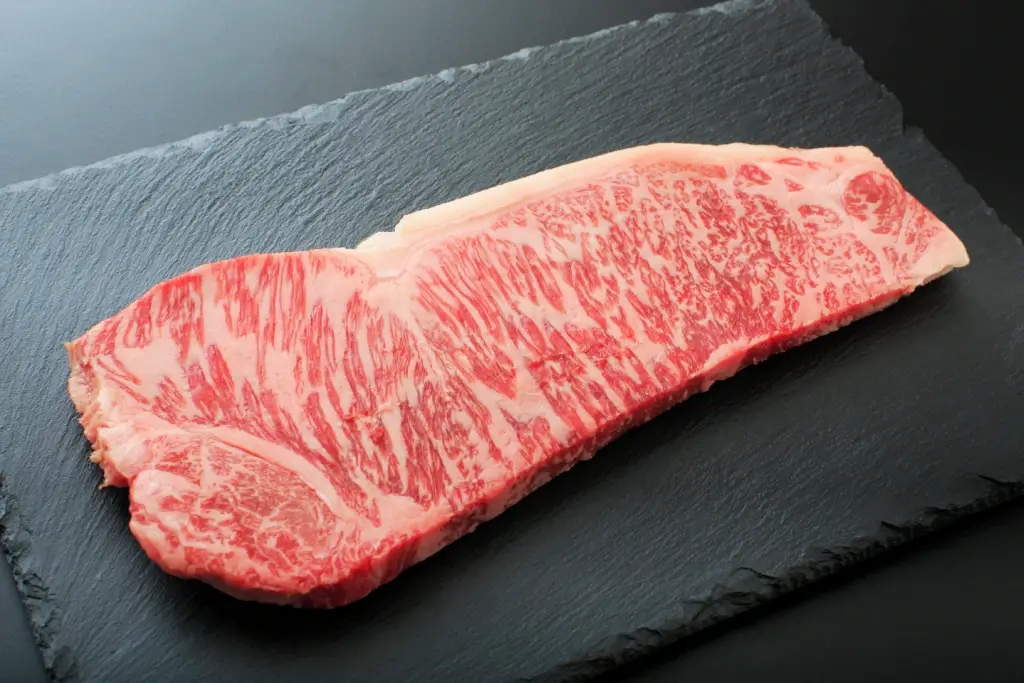
The Noto Peninsula’s land and climate provide the perfect conditions for raising these premium cattle. This wagyu has a long history in Ishikawa, where farmers carefully breed and raise it to meet the highest quality standards. Visitors can also experience Noto beef in various ways, from enjoying a luxurious steak to savoring it in a traditional hot pot, making it an essential part of the Ishikawa food experience.
Nodoguro
Nodoguro is another famous ingredient from Ishikawa’s waters. Notable for its high-fat content and delicate flavor, this fish is often compared to high-end tuna due to its rich buttery texture. It’s typically served grilled with salt or as sashimi, allowing diners to experience its natural flavors without heavy seasoning. The Sea of Japan provides the perfect environment for catching this luxurious fish.
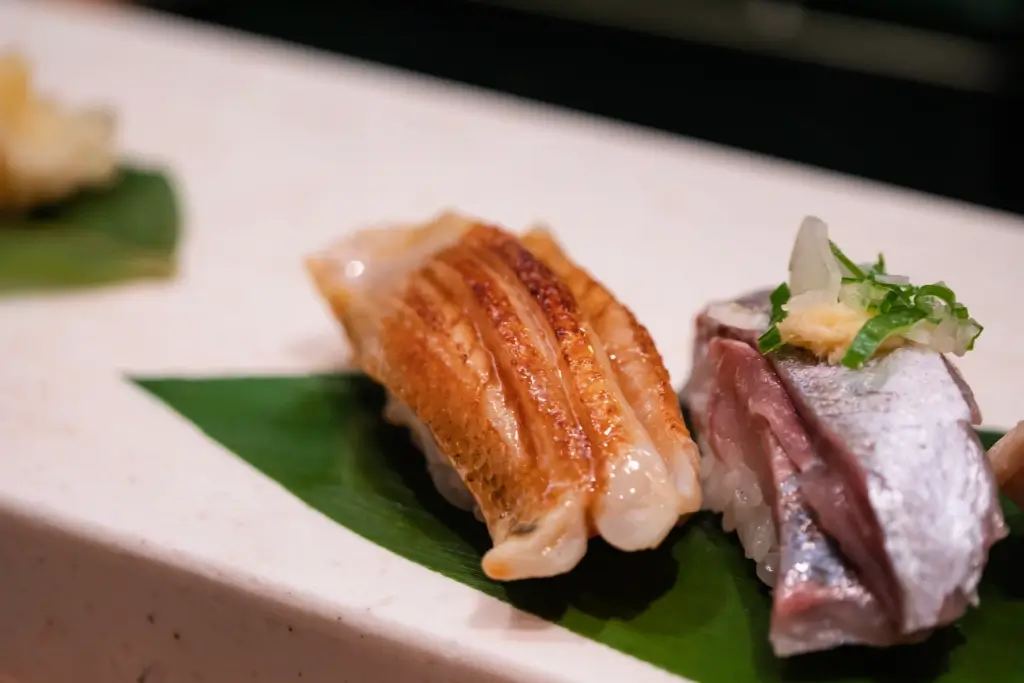
Local restaurants also take great pride in preparing nodoguro to showcase its characteristics. In fine dining establishments across Ishikawa, nodoguro is often the star of the meal. Local fishermen catch the fish daily, ensuring that only the best quality reaches the plate! Whether enjoyed in a sushi restaurant or grilled at a local market, nodoguro is a true delicacy that reflects the best of Ishikawa.
Are you looking for great snacks from Ishikawa Prefecture? Check out Sakuraco! Sakuraco delivers traditional Japanese snacks, sweets, tableware, and more from local Japanese makers right to your door, perfect for a pleasant snack time at home!

Jibu-ni
Jibu-ni is a comforting duck stew that has been enjoyed for centuries. This dish originated in the Edo period and features thinly sliced duck or chicken simmered in a soy-based vegetable broth. The meat is coated in flour before simmering, thickening the broth and giving the dish a rich texture. Adding vegetables like mushrooms and bamboo shoots adds flavor, making it a hearty meal, especially during the colder months.
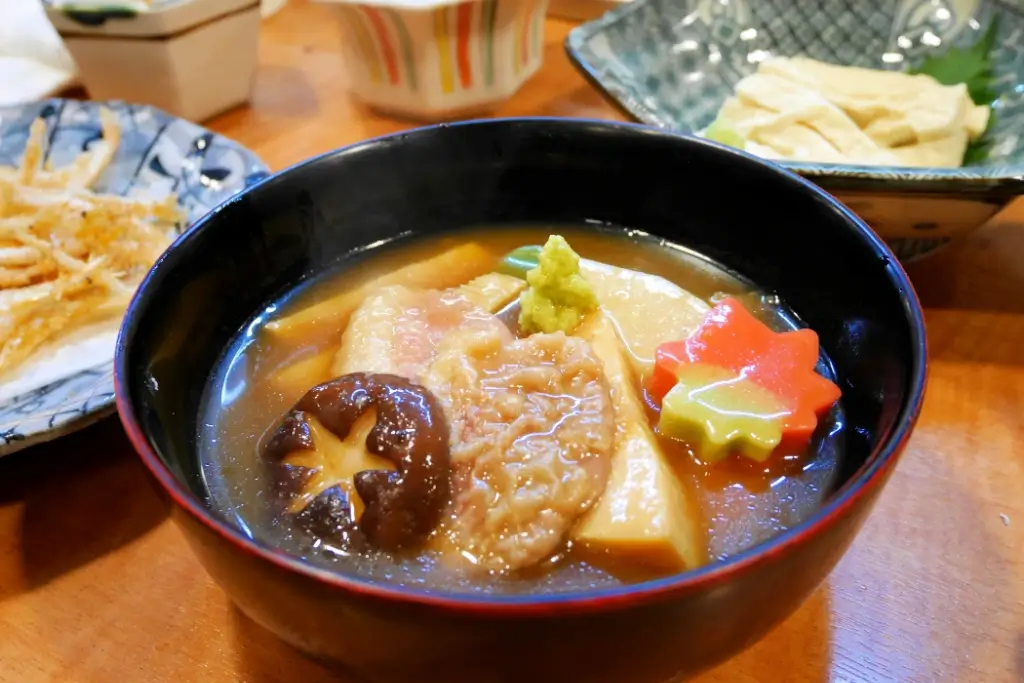
Generally, jibu-ni was a favorite dish of the samurai, and it remains an integral part of Ishikawa’s traditional cuisine. It is often served in kaiseki meals, where it is presented as one of the main dishes. However, jibu-ni is also popular in home cooking, where families prepare it as a warming dish during winter. The combination of tender meat and a flavorful, thick broth makes it a beloved comfort food across the region.
Buri Daikon
Buri daikon is a staple of winter dining in Ishikawa, often enjoyed as part of family meals or special gatherings. It is a classic winter dish that combines the rich, fatty flavors of yellowtail with the mild sweetness of daikon radish. The dish is simmered in a sweet soy broth, allowing the flavors of the fish and daikon to blend together perfectly and ensuring the yellowtail remains tender while the daikon absorbs the savory broth.
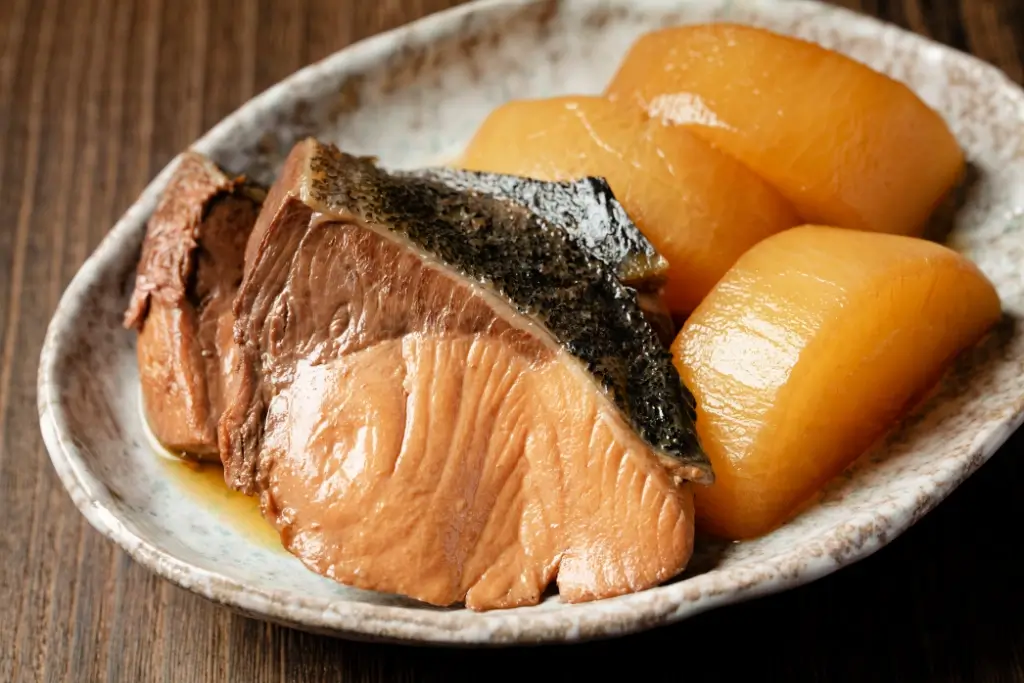
The preparation of buri daikon reflects the region’s emphasis on seasonal ingredients and simple cooking techniques. Yellowtail is at its peak during winter, making it the perfect time to enjoy this dish. Daikon, or winter radish, adds a subtle sweetness that balances the richness of the fish. As a result, these ingredients create a comforting and satisfying dish, showcasing the best of Ishikawa’s winter cuisine.
Why should I try delicacies from Ishikawa, like snow crab?
You should try delicacies from Ishikawa because the region offers a unique blend of traditional and high-quality ingredients from both land and sea. Ishikawa is also famous for its fresh seafood, like snow crab and nodoguro, caught from the Sea of Japan. Noto beef, known for its rich marbling and melt-in-your-mouth texture, adds to the prefecture’s reputation for premium, locally sourced ingredients.
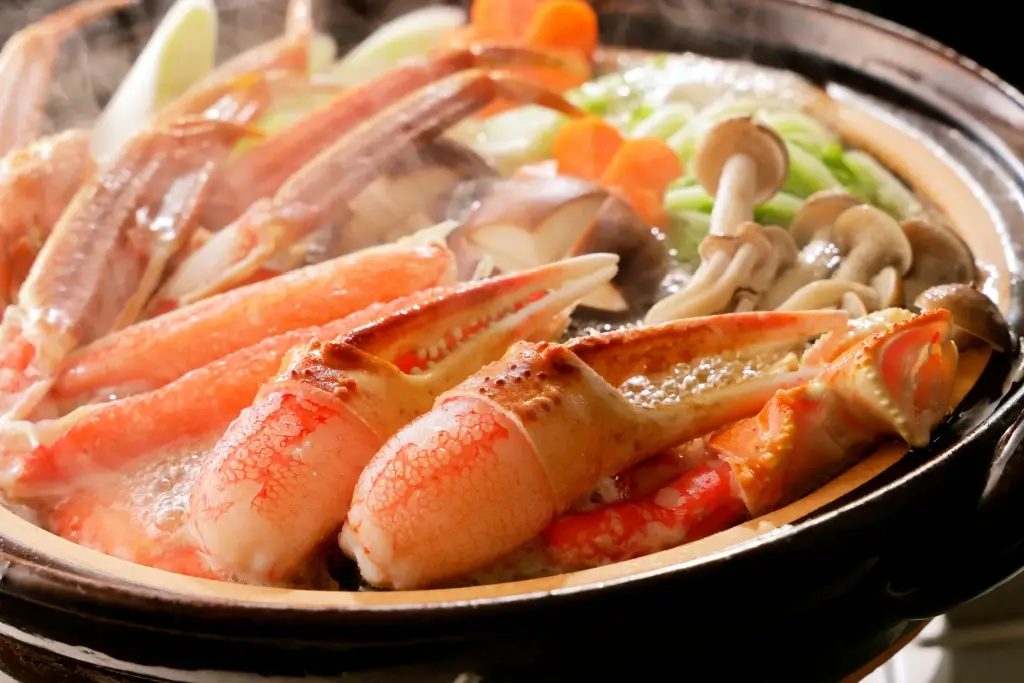
Dishes like jibu-ni and buri daikon showcase the prefecture’s emphasis on seasonal ingredients and simple yet flavorful preparation techniques. These dishes highlight Ishikawa’s rich history and commitment to using locally sourced ingredients that offer exceptional taste. Whether dining in fine restaurants or visiting local markets, the region’s culinary craftsmanship ensures that every dish is an unforgettable experience! Have you ever been to Ishikawa? What was your favorite dish? Let us know in the comments below!

